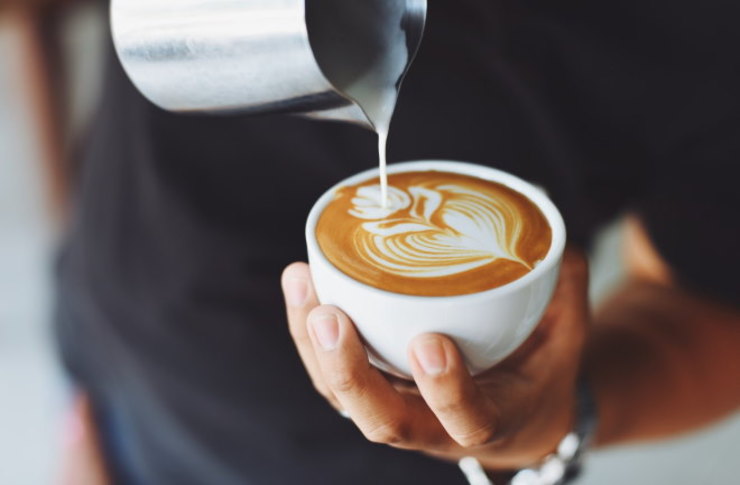The Ephemeral Canvas: Latte Art's Cultural Phenomenon
In the bustling world of coffee culture, a unique form of artistic expression has emerged, captivating both baristas and consumers alike. Latte art, the practice of creating intricate designs on the surface of espresso-based drinks, has evolved from a niche skill to a global phenomenon. This article delves into the rich history, techniques, and cultural impact of latte art, exploring how a simple cup of coffee has become a canvas for creativity and a symbol of craftsmanship in the modern age.

Initially, latte art was limited to basic patterns like hearts and rosettas. These designs were created by manipulating the flow of steamed milk as it was poured into the espresso. The contrast between the dark coffee and the light, frothy milk created a perfect canvas for these early designs.
The Science Behind the Art
Creating latte art requires a delicate balance of skill, technique, and scientific understanding. The process begins with perfectly pulled espresso, which forms the base of the drink. The crema, a layer of emulsified oils that sits atop the espresso, is crucial for creating contrast with the milk.
The milk itself must be steamed to the ideal temperature and consistency. Too hot, and the milk will lose its sweetness; too cool, and it won’t have the right texture for pouring. The microfoam created during steaming is essential for producing crisp, defined lines in the designs.
Pouring technique is where science meets art. Baristas must control the flow rate, height, and angle of the pour to create their desired patterns. The interaction between the milk and the crema creates the visible designs, with surface tension playing a crucial role in maintaining the integrity of the art.
From Hobby to Global Competition
As latte art gained popularity, it transitioned from a niche skill to a competitive sport. The World Latte Art Championship, first held in 2006, has become an annual event that attracts top baristas from around the globe. Competitors are judged on criteria including visual attributes, creativity, identical patterns in pairs, contrast, and overall impression.
These competitions have pushed the boundaries of what’s possible with latte art. Baristas now create intricate, photorealistic designs featuring animals, portraits, and landscapes. The rise of social media has further fueled this competitive spirit, with baristas sharing their creations online and inspiring others to push their skills to new heights.
The Cultural Impact of Latte Art
Latte art has had a profound impact on coffee culture and the hospitality industry. For many consumers, a beautifully crafted latte has become an expectation rather than a luxury. This shift has led to increased demand for skilled baristas and has elevated the status of coffee preparation from a simple job to a respected craft.
The visual appeal of latte art has also made it a staple of social media content. Instagram, in particular, has become a platform for showcasing latte art, with millions of posts tagged #latteart. This visibility has not only promoted coffee culture but has also turned many cafes into destinations for those seeking the perfect photo opportunity.
The Future of Latte Art
As latte art continues to evolve, new trends and technologies are emerging. Some baristas are experimenting with coloured milk to create more vibrant designs, while others are using stencils and powders to add intricate details to their creations.
3D printing technology is also making its way into the world of latte art. Some cafes now offer machines that can print customised designs directly onto the foam of a latte, opening up new possibilities for personalisation and branded content.
Despite these technological advancements, there remains a strong appreciation for the skill and artistry of hand-poured latte art. As long as people continue to gather in cafes and appreciate the craftsmanship that goes into their daily cup, latte art will likely remain a cherished aspect of coffee culture for years to come.




